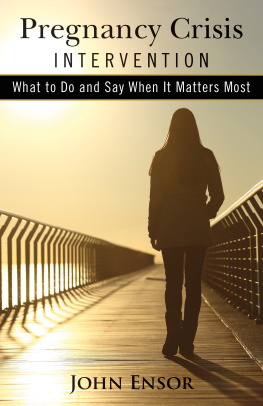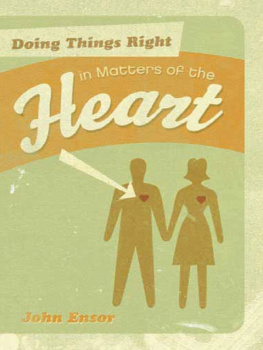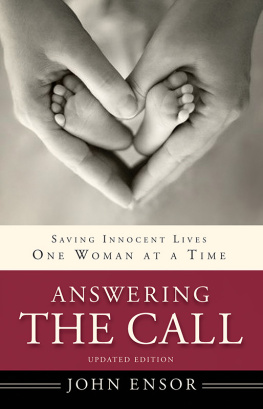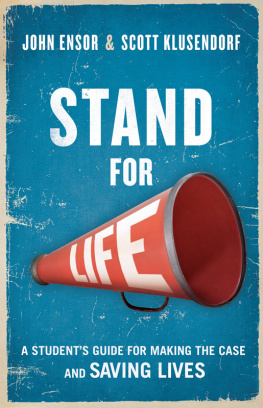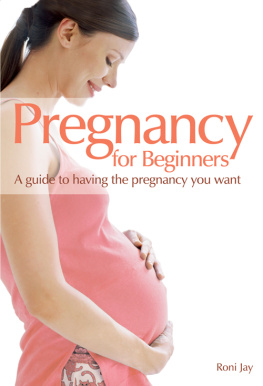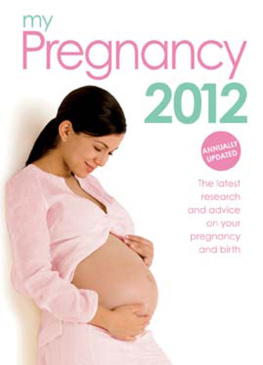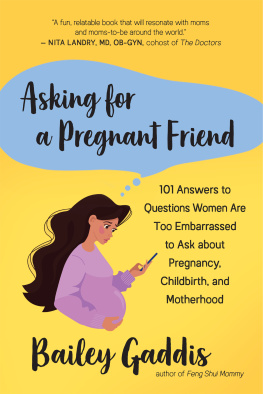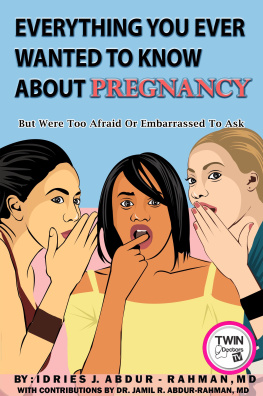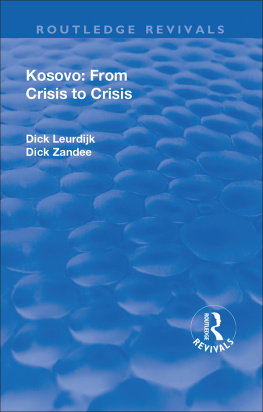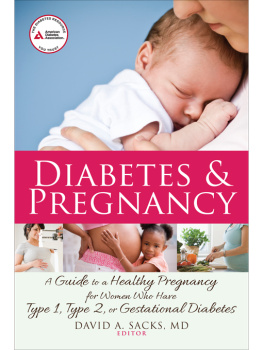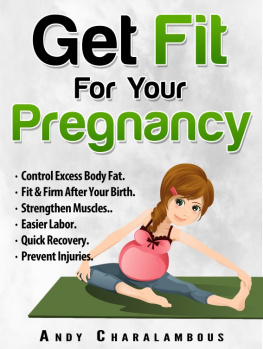All rights reserved. No part of this book may be reproduced or transmitted in any form or by any means, electronic or mechanical, including photocopying, recording, or by any information storage and retrieval system, without permission in writing from the publisher.
All Scripture quotations are taken from the Holy Bible, English Standard Version (ESV), copyright 2001, by Crossway, a publishing ministry of Good News Publishers. Used by permission. All rights reserved.
Due to technical issues, this eBook may not contain all of the images or diagrams in the original print edition of the work. In addition, adapting the print edition to the eBook format may require some other layout and feature changes to be made.
Introduction: The Need for Wise Engagement
If I dont get an abortion, Im going to...
My heart throbs; my strength fails me,
and the light of my eyesit also has gone from me.
Psalm 38:10
The phone rang. The callers voice quivered as she told me she was sixteen years old. Her emotions were so intense that she spoke haltingly. If I dont get... an abortion... Im going to kill myself. Before I could respond, she revealed her full anguish. But I know after my abortion, I wont be able to... I will need to kill myself.
This teenager is experiencing crisisa pregnancy-related crisis. Based on abortion rates worldwide, it is probable that more people around the world experience crisis from unexpected pregnancy than any other event. based on the Lancet Research, reports the following:
- During 201014, an estimated 56 million induced abortions occurred each year worldwide. This number represents an increase from 50 million annually during 199094, mainly because of population growth.
- The global annual rate of abortion, estimated at 35 abortions per 1,000 women of childbearing age (i.e., those fifteen to forty-four years old) in 201014, has declined slightly, from forty per 1,000 in 199094.
- Globally, 25 percent of pregnancies ended in abortion in 201014. In developed countries, the proportion declined from 39 percent to 28 percent between 199094 and 201014, whereas it increased from 21 percent to 24 percent in developing countries.
Yet, because pregnancy is common and normal and abortion is legal and accessible in most places, many will discount the reality of pregnancy crisis. If you want a baby, give birth. If you dont want a baby, get an abortion. Wheres the crisis?
My caller revealed what many women experienceboth options create deep and profound internal crisis. In acute panic and with distorted perspective, as teenagers are inclined to have, she revealed how her pregnancy was simply unbearable. Her pregnancy felt like deaththe end of her life. True, her pregnancy was not a fatal disease, but it did present a mortal threat to her life as she had projected it. Getting an abortion was, in her mind, a life-saving necessity.
At the same moment, she expected that abortion, while resolving one crisis, would create another. Her contemplation of suicide subsequent to her abortion revealed a self-awareness that there was another stakeholder involvedher unborn child. Aborting her unborn presented itself as something wholly contrary to her self-image and pride in being a caring person. She anticipated not being able to live with the subsequent guilt and grief.
In short, my caller displayed the classic elements used within the professional field of crisis and trauma counseling (also known as CISMcritical incident stress management) that identify or define crisis. She also presented several specific elements associated with pregnancy-related crisis. In chapter 2, we will clarify the meaning of crisis and look at the specific indicators commonly presented in a pregnancy-related crisis.
Listening to the depth and extremity of my callers desperation, I admit, created a momentary crisis in me. What if I say the wrong thing? What is the right thing to say at this critical moment? What if I lose her and she hangs up and then kills herself?
My first instinct was flight. I thought, I dont want to be the one shes talking to now. I felt uncomfortable about learning more. If I dont know about such despair, then I wont feel the way I do right now. But I knew that without my intervention right now, something fatal may happen. She needs me.
Clearly, I was experiencing stress. I am a mature person with life experience and general counseling skills. Like most people working in the field of crisis intervention counseling, however, I was not a licensed, professionally trained expert in crisis intervention. But two who are, Burl E. Gilliland and Richard K. James, write:
Contrary to the popular misconception that paid veteran crisis workers descend on a large-scale disaster like smokejumpers into a forest fire, most crisis intervention in the United States is done by volunteers.... Volunteerism is often the key to getting the fledgling crisis agency rolling. The use of trained volunteers as crisis workers has been a recognized component of many crisis centers and agencies for years.
I was the one she reached out to. I was the one listening to her despair. I needed to understand my own role and stay calm if I was going to help her.
Crisis intervention trainer George S. Everly Jr. explains the need: Both mental health clinicians and peer support personnel may perform crisis intervention and CISM services... but specialized training is essential for both groups. The task requires the insights of crisis management and mental health professionals. Meeting the need requires volunteers and staff who serve as peer counselors.
In this book, we will use the term peer counselor or simply counselor to refer to those doing pregnancy crisis intervention (PCI). Within the field of pregnancy intervention services, various terms are used to define the person doing the intervention: peer counselor, client advocate, pregnancy consultant, and so on. Because counselor can imply a licensed professional, many pregnancy help organizations (PHOs) prefer the term advocate or consultant. However, it is accepted practice within the field of crisis counseling for people to receive specialized, in-house training, and thereafter be referred to as counselors. This is common in drug/alcohol addiction, divorce recovery, military reentry, and so on. Following this practice, a

